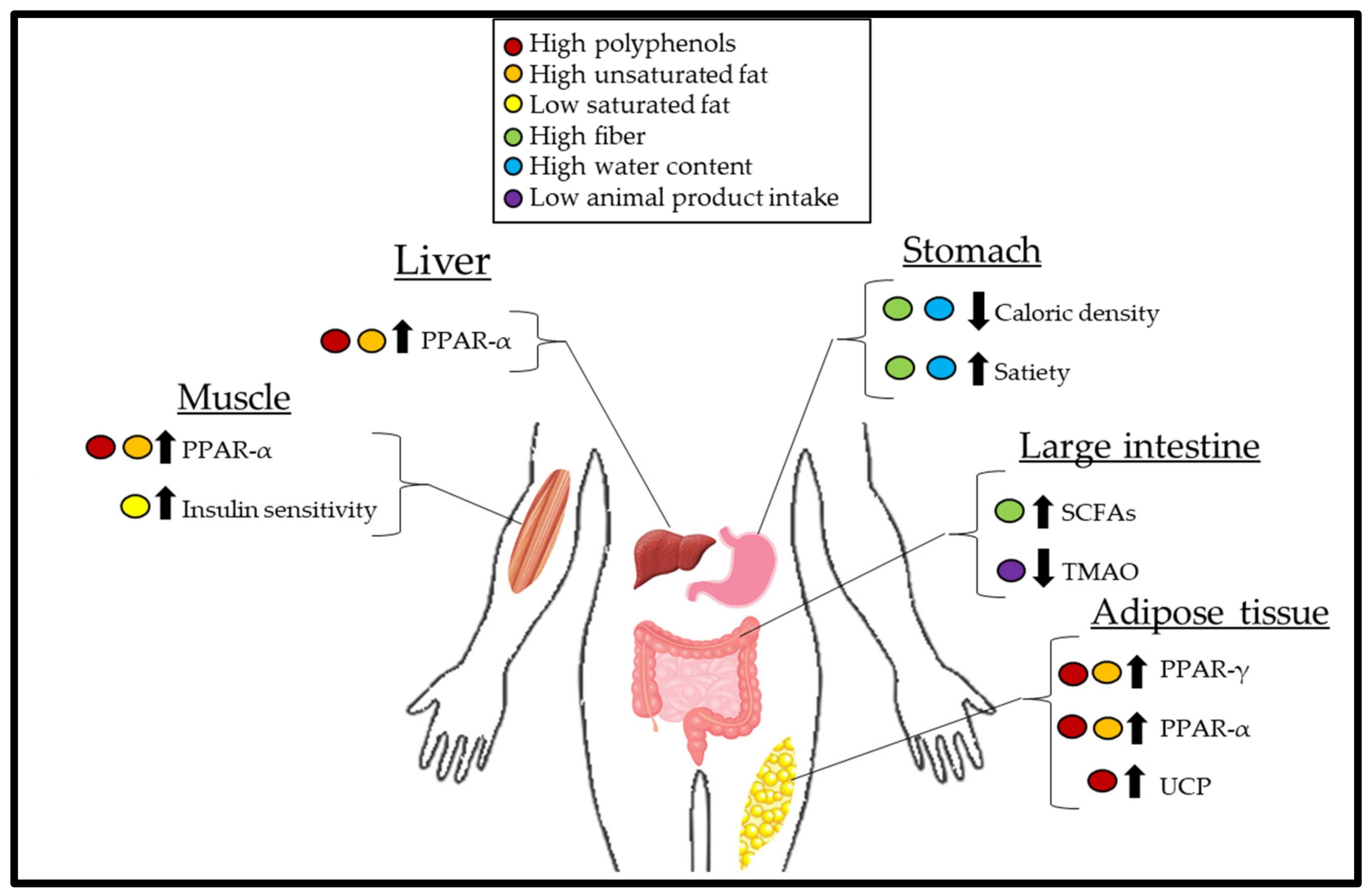
Vegetarianism can be a lifestyle choice with many health benefits. There are many health benefits, including lower rates of all-cause death, decreased diabetes and depression, as well as increased fibre intake. But it is not just about health. There are also ethical, environmental, and religious reasons to become vegetarian. Check out the Vegetarian Pathfinder for more scientific information.
Reduces the risk of all-cause death
All-cause mortality is a term used in epidemiology to describe the total number of deaths from any cause. It is also used in news reports to describe the number of people dying of a certain disease or condition. The term should not be confused, however, with the more general term "mortality," which refers only to the number or causes of death from one condition or disease.
Many risk factors can increase the risk of premature death. While some of these factors can't be changed, many of them can still be prevented or reduced with lifestyle changes. Your risk of early death can be reduced by exercising and eating a healthy diet. You can also reduce your risk by quitting smoking.
Lowers your risk of developing diabetes
Recent studies show that a vegetarian diet can lower the risk of developing diabetes. A meta-analysis with more than 250 studies concluded that vegetarianism had a significant effect on the risk of developing diabetes. Researchers also discovered that a vegetarian diet had a significant effect on blood pressure. These results suggest that the vegetarian diet could be a viable treatment alternative for people with type 2 diabetes.

The study also found that a vegetarian diet reduces HbA1c levels among type 2 diabetes patients. This effect is roughly half of that of metformin which is the first line oral medication for those with high HbA1c. The study also found a link between increased fruit and vegetable intake and lower diabetes risk.
Lowers your chance of falling into depression
A recent study found that vegetarianism could reduce depression risk. Based on the way they ate, participants were classified either as vegetarians or not. Researchers used different sample sizes to include people from China, Russia, and the USA. Data such as BMI and monthly income were included as covariates in the analysis. The dependent variables were anxiety and depression.
Researchers investigated whether vegetarianism reduced the risk of depression in adults. It was found that long term vegetarian diets had a lower risk of developing depression symptoms.
Increase your fibre intake
Vegetarians can increase their fibre intake by increasing their consumption of cooked vegetables. Lentils and beans are high in fiber so you can eat them as lunch or dinner. One-half cup of black beans or lentils provides over eight grams of fibre. These foods contain fiber in addition to healthy fats. You can add beans to your salad or to your oatmeal for a delicious treat.
It is generally safe to eat vegetarian food if you are pregnant or breastfeed. However, pregnant women may need to take supplements for certain nutrients, such as vitamin B12, folic acid, and iodine. Vitamin B12 is essential for the development of infants' brains. While breastfeeding, vegetarians can get all the nutrition and energy they need. For questions regarding vegetarianism and pregnancy, you can consult your healthcare provider.

Reduces cholesterol
A study conducted on the health benefits of a vegetarian diet has shown that it reduces blood cholesterol levels. Vegetarian diets are high on plant-based nutrients that are rich soluble fiber and plant sterols. These foods also help to lower bodyweight. This diet has also been shown to lower saturated fat, which is linked with high cholesterol.
Vegetarian diets include lots of wholegrains, fruits and vegetables. These foods are high fiber and can help build healthy blood vessels. In addition, nuts are great sources of soluble fiber, which is an important nutrient in lowering cholesterol levels. A vegetarian diet should include lots of whole grains and fruits, as well as vegetables and whole grains.
FAQ
What causes weight loss as we age?
How do you tell if there are any changes in your bodyweight?
A person who has less body fat than their muscle mass will experience weight loss. This means that the daily calories consumed must not exceed the energy used. Low activity levels are the leading cause for weight loss. Others include pregnancy, hormonal imbalances or certain medications. Weight gain occurs when there is more fat than muscle mass. This happens when people consume more calories than they burn during the day. Common reasons include overeating, increased physical activity, and hormonal changes.
Our bodies lose weight mainly because we consume less calories than what we burn. The main reason we lose weight is because we exercise more often. This increases our metabolism rate and burns more calories each day. But this doesn't guarantee that we'll lose weight. The important thing is to see if we're losing or gaining muscles. We will lose weight if we burn more calories than we consume. But if we're consuming more calories than we're burning, then we're actually storing them as fat.
As we age, our ability to move around is slower and we are less mobile. We also tend to consume less food than when we were younger. We tend to gain weight. We also tend to look larger because we have more muscle.
If you don't weigh yourself every week, there's no way of knowing how much weight have you lost. There are many ways you can measure your weight. You can measure your waist, your hips and your thighs. Some people prefer using bathroom scales and others prefer tape measures.
To track your progress, weigh yourself once a week. Measure your waistline once per month. You can also take pictures of yourself every few months to see how far you've come.
Online data can be used to determine your weight. If you are 5'10' tall and weigh 180lbs, your weight would be 180.
What weight should I be based on my age and height. BMI calculator and chart
To determine how much weight loss you need, a BMI calculator is your best friend. Healthy BMI ranges between 18.5 to 24.9. If you want to lose weight, then you should aim to drop about 10 pounds per month. Simply enter your weight and height into the BMI calculator.
This BMI chart shows you if it is possible to identify if you are either overweight or obese.
What are the 7 tips to have a healthy life?
-
Make sure you eat right
-
Exercise regularly
-
Rest well
-
Drink plenty of water.
-
Get enough rest
-
Be happy
-
Smile often.
How does an antibiotic work?
Antibiotics are drugs which destroy harmful bacteria. Antibiotics are used to treat bacterial infections. There are many different types of antibiotics. Some are taken orally, some are injected, and others are applied topically.
Antibiotics are often prescribed to people who have been exposed to certain germs. One example is if someone has had chickenpox and wants to prevent shingles. Penicillin might also be administered to someone with strep throat. This will help prevent the possibility of developing pneumonia.
A doctor should give antibiotics to children. Side effects of antibiotics can be more dangerous for children than for adults.
The most common side effect of antibiotics is diarrhea. Side effects of antibiotics include diarrhea, stomach cramps and nausea. These side effects typically disappear once treatment is complete.
Which lifestyle is best for your health?
A healthy lifestyle means eating healthy foods, exercising regularly, sleeping well, and avoiding stress. You will live a long and happy life if you adhere to these guidelines.
You can start by making small changes in your diet and exercise routine. You can lose weight by walking 30 minutes each day if you are looking to lose weight. Or, if you want to get more active, take up swimming or dancing. You could also join an online fitness program like Fitbit or Strava that tracks your activity levels.
Statistics
- The Dietary Guidelines for Americans recommend keeping added sugar intake below 10% of your daily calorie intake, while the World Health Organization recommends slashing added sugars to 5% or less of your daily calories for optimal health (59Trusted (healthline.com)
- WHO recommends consuming less than 5% of total energy intake for additional health benefits. (who.int)
- According to the Physical Activity Guidelines for Americans, we should strive for at least 150 minutes of moderate intensity activity each week (54Trusted Source Smoking, harmful use of drugs, and alcohol abuse can all seriously negatively affect your health. (healthline.com)
- nutrients.[17]X Research sourceWhole grains to try include: 100% whole wheat pasta and bread, brown rice, whole grain oats, farro, millet, quinoa, and barley. (wikihow.com)
External Links
How To
What does the "vitamin") mean?
Vitamins are organic compounds found naturally in food. Vitamins help us absorb nutrients from foods we eat. The body cannot make vitamins; therefore, they must be obtained from food.
There are two types: water-soluble and fat-soluble vitamins. Water soluble vitamins dissolve easily in water. These include vitamin C (thiamine), Vitamin B1 (riboflavin), Vitamin B2 (riboflavin), Vitamin B3 (niacin), Vitamin B6 (pyridoxine), Vitamin C, B1 (thiamine), Vitamin B2 (riboflavin), Vitamin B3 (niacin), and Vitamin B6 (pyridoxine). The liver and fat soluble vitamins are stored in fatty tissue. Examples include vitamin D, E, K, A, and beta carotene.
Vitamins are classified according their biological activity. There are eight main types of vitamins:
-
A - vital for normal growth and maintaining good health.
-
C - vital for nerve function and energy generation
-
D - Essential for healthy teeth and bones.
-
E - needed for good vision and reproduction.
-
K - essential for healthy nerves, muscles, and joints.
-
P – Vital for building strong bones.
-
Q - aids digestion and absorption of iron.
-
R - Red blood cells are made from red blood cells.
The recommended daily allowance (RDA), for vitamins, varies based on gender, age, and physical condition. RDA values are set by the U.S. Food and Drug Administration (FDA).
For adults aged 19 or older, the RDA of vitamin A is 400mg per day. Because it is essential for the development of the fetus, pregnant women should consume 600 micrograms per days. Children ages 1-8 require 900 micrograms per day. Babies under one-year old need 700 micrograms per daily. Between 9 and 12 month, however, this drops to 500 mg per day.
Children aged 1-18 require 800 micrograms of sugar per day, while those who weigh more than 1200 need 1000. For their nutritional needs, underweight children need 1200 mg per day.
Children ages 4-8 years who have been diagnosed with anemia need 2200 micrograms per day of vitamin C.
Adults over 50 years of age need 2000 micrograms per day for general health. Breastfeeding or pregnant women require 3000 micrograms per daily due to higher nutrient demands.
Adults over 70 require 1500 micrograms each day, since they lose approximately 10% of muscle mass each decade.
Women who have been pregnant or are lactating require more than the RDA. Pregnant woman need 4000 micrograms daily in pregnancy and 2500 per day after childbirth. Breastfeeding mothers need 5000 micrograms per day when breast milk is being produced.